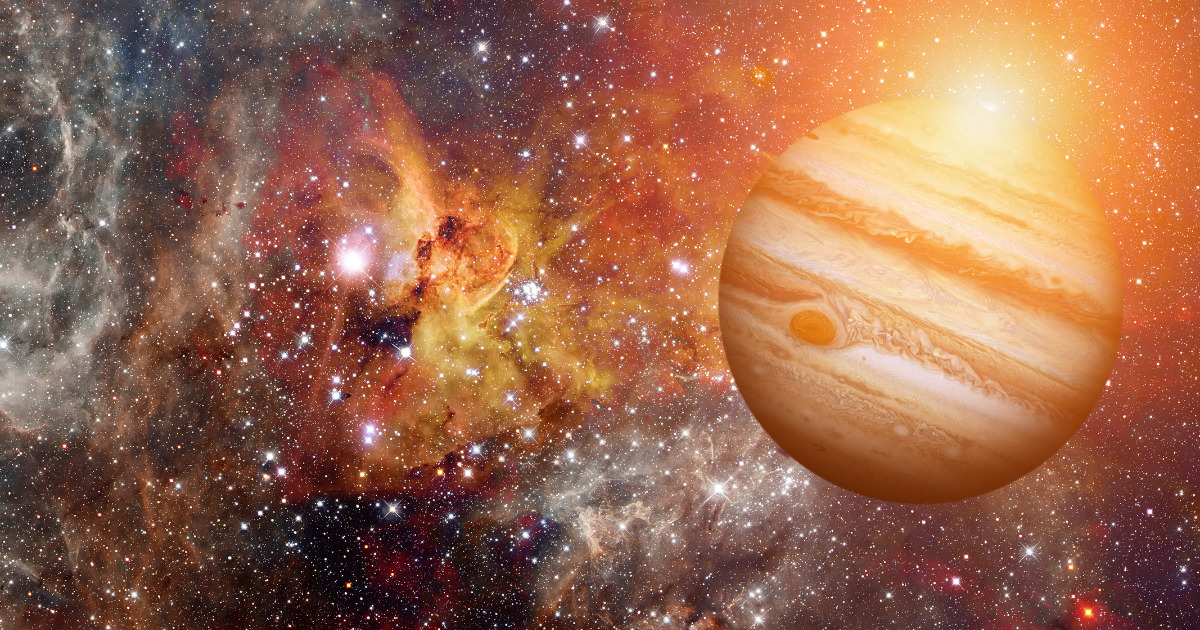For many years, scientists have been searching for other planets in the universe, either to find a new home in catastrophic situations, or perhaps to find advanced life.
Thinking about it, nearly ten years ago astronomers and other scientists used the High Resolution Radial Velocity Planet Search (HARPS) instrument, from the La Silla telescope, to try Search for planets like earth or something.
The most recent discovery made by HARPS was a solar system with a star very similar to our Sun, as well as two planets very similar to Jupiter and Neptune. The event was reported by Multiverso Notícias, and can be seen here. The team of scientists who made this discovery, by chance, is led by Brazilian Thiago Ferreira, from the University of the South Pacific.
The solar system is very close to ours, only 175 light years away (believe me, not much). The same has been named HIP 104045, and so far two planets have been discovered: one very similar to Jupiter, but with half the mass, and one similar to Neptune, but 2.5 times more massive.
What is the impact of this discovery on our lives?
Even if the team led by Ferreira finds only two planets in the system, new discoveries are expected. It’s common for us to find new celestial bodies in our solar system even today, so it’s possible we haven’t seen all of HIP 104045 yet. Therefore, it is very likely that it represents a terrestrial planet similar to Earth.
What happens is that the presence of gaseous planets with a mass similar to that of Jupiter favors the protection of the inner solar system. To explain better, our solar system consists of eight planets, four terrestrial (Mercury, Venus, Earth, and Mars) and four gaseous (Jupiter, Saturn, Uranus, and Neptune).
The terrestrial or inner planets are closer to the sun, they are composed of rocks and heavy elements and they are much smaller. Meanwhile, gaseous or outer planets are farther from the Sun and are composed of dust, gas, and lighter elements, as well as being much larger.
This pattern is repeated in other solar systems with different amounts of planets. As we know, Jupiter, due to its huge size, attracts many objects that can crash into the Earth, but do not do this in order to “protect” the first. Therefore, other systems that provide such protection may help develop inner planets with a life-prone biosphere.
However, even if it were possible, it is not something simple or easy to happen, and this is exactly what scientists are studying to provide us with an increasingly greater understanding of our universe.
